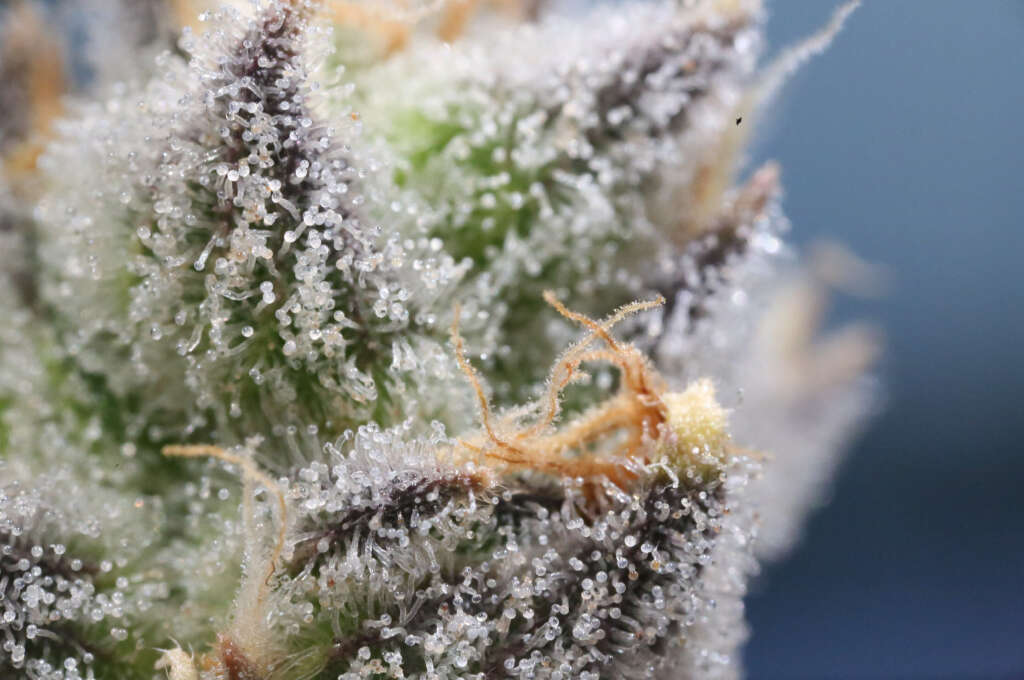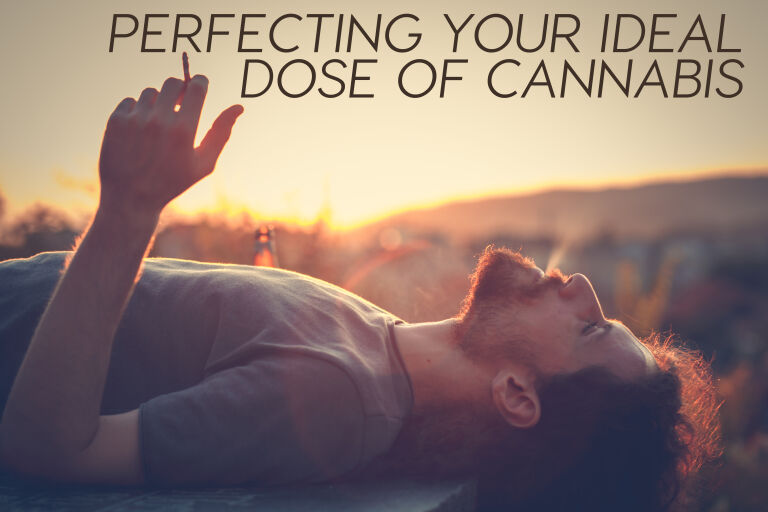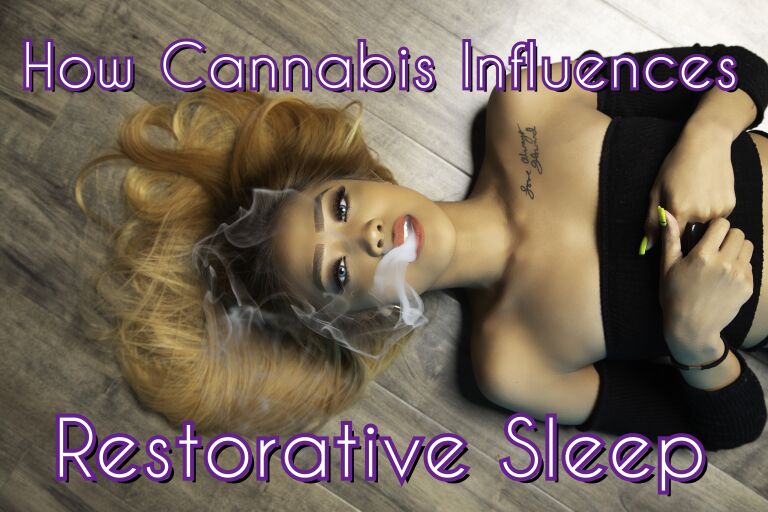There’s a pervasive social misperception that CBD is medical marijuana and THC is just to get high. In reality, that couldn’t be further from the truth.
It’s 2020, and it’s a safe bet that just about everyone you know has lived their entire lives under the oppressive shadow of cannabis prohibition.
From the moment California passed the first piece of legalization accepting cannabis as a medicine, those of us who’ve been subjected to decades of weed shopping on the legal fringes celebrated the beginnings of the acknowledgment that THC was useful for more than getting high.
Other states followed California’s lead with medical marijuana, and we could feel the momentum building to recognize cannabis as a legitimate medicine. Surely, as more and more people came face-to-face with the truth that cannabis was safer to use and more effective than anyone imagined, we’d come closer to the goal of getting prohibition lifted.
In the background, the research and reports on potential benefits of CBD, most notably for the treatment of intractable seizure disorders, continued to pick up national attention. In California that interest in CBD accelerated when labs started analyzing the cannabis products intended for the market to determine levels of THC and CBD.
Before long, there was dispensary access to varied ratios of cannabinoids, and behind that came the indisputable evidence of the medical efficacy of CBD.
How We Got Here: Changing Perceptions

Starting in 2014, a series of state laws got passed across the United States, tightly defining “medical marijuana” as an oil containing severely limited levels of THC. The available cannabinoids were almost entirely composed of CBD, with the majority of the intended patient populations restricted to those with intractable seizure disorders or terminal cancer.
Almost overnight, the medical marijuana community watched CBD become widely accepted and openly marketed while their own proven products containing THC remained restricted by lawmakers unwilling to accept the science and data proving the superiority of a full-plant medicine that included THC.
The Therapeutic Doors You Open with THC
The truth of the medical marijuana conversation is that without THC, we wouldn’t be able to treat the vast majority of the disease states for which we turn to cannabis for relief as effectively as we can with THC included. For example:
- It’s THC that signals cancer cells to commit apoptosis – the method of cellular suicide that only effects cancer cells, sparing the healthy neighboring cells.
- It’s THC that most effectively modulates the cellular signals for pain, with an added benefit of reducing the tension that’s interfering with other necessary cellular signaling.
Less tension means less pain, better signaling, and increased potential for continued healing.
- It’s THC that will dramatically reduce spasticity, and can be the extra kick that makes a CBD medicine work for a seizure patient not responsive to CBD alone.
- Often vilified and feared, it’s the euphoria offered by THC’s interplay with your gray matter that keeps your mind from dwelling so intently on the illness that seems to be taking over your life. There are times when that relief is exactly what your weary cells are waiting for.
Despite legislative resistance, the proof is in the pudding with THC in medical marijuana. There’s no need to get high to use THC, and CBD is one of the effective ways to both potentiate THC and control the effects of THC that make some people uncomfortable.
That resistance has created a bit of a quandary. For a large segment of the population, many of whom could benefit from THC, medical marijuana has come to mean CBD, with the underlying, erroneous sense that there’s still something inherently dangerous about THC.
CBD: The Ultimate Multi-tasker
This is not to suggest in the slightest that there’s any resistance to getting CBD out there with easy access to the masses. It’s disconcerting to see the market continue to be unregulated, allowing unscrupulous vendors to take advantage of people in pain, but that’s up to our governments to solve.

The value of adding CBD to a medical marijuana regimen is indisputable. As Martin Lee, the co-founder of Project CBD and author of Smoke Screens eloquently writes, “CBD, the Cinderella molecule, the little substance that could – non-toxic, non-psychoactive, and multi-capable. Cannabinoid scientists, as a matter of professional decorum, loathe to speak in terms of a miracle drug, but cannabidiol came pretty close.”
Now…add that CBD to THC and watch synergistic magic happen. Both molecules potentiate each other, becoming a “power couple” and getting to the source of your medical condition to help the body more quickly get back to the business of healthy balance.
The overriding goal of medical marijuana therapies has always been to find the desired level of relief with the least amount of undesirable side effects. A wise consumer finds a CBD-rich formula with as much THC as the patient can comfortably tolerate.
That, my friend, takes experimentation. Thankfully, you can experiment with cannabis without getting hurt.
Cannabis has an unparalleled safety profile as a medicine – no deaths, no toxicity to the organs, no concerns for addiction. Thoughtful experimentation that starts with low doses and carefully works the dose upwards to relief is suggested as you search for your minimum effective dose.
Start low & go slow
Here’s a good thing to remember: Keep some CBD product on hand to vape or smoke if you’re too high someday. Chances are it’ll instantly mellow the buzz right back to comfortable. I’ve been there. I’ve done that. It worked.
The Rest of the Gang

It leaves too much by the wayside to think CBD is the only valuable medical molecule extracted from cannabis or hemp. The increased power both CBD and THC gain by working together, the enhanced healing potential of the entourage effect created with a full-plant medicine, and the knowledge we gain almost daily on the medical benefits of what we often think of as “minor components” make a good argument for a more diversified approach.
The wave of cannabis legalization sweeping the country and the world is leading to an increase in medical marijuana research and in-the-trenches clinical data on the use of cannabis in a way that’s dramatically changing the available product lines to include a wider variety of cannabinoids and terpenes. With increasing frequency, more cannabinoids like CBN, CBG, THCV, and the cannabinoid acids are showing up in a wide spectrum of product choices.
Where does this take us?

In the end, more medical marijuana patients benefit when you include everything cannabis has to offer. It’s heartwarming to see the selection of ratios and the growing attention to terpene profiles available in today’s dispensaries. There are cannabis formulas that will probably work better for you and variety is often desired in cannabis therapeutics, if only to limit tolerance concerns. We live in an enviable time when you have unparalleled choices to explore.
Enjoy the medical marijuana journey, and dose responsibly.



